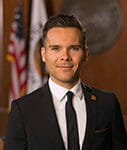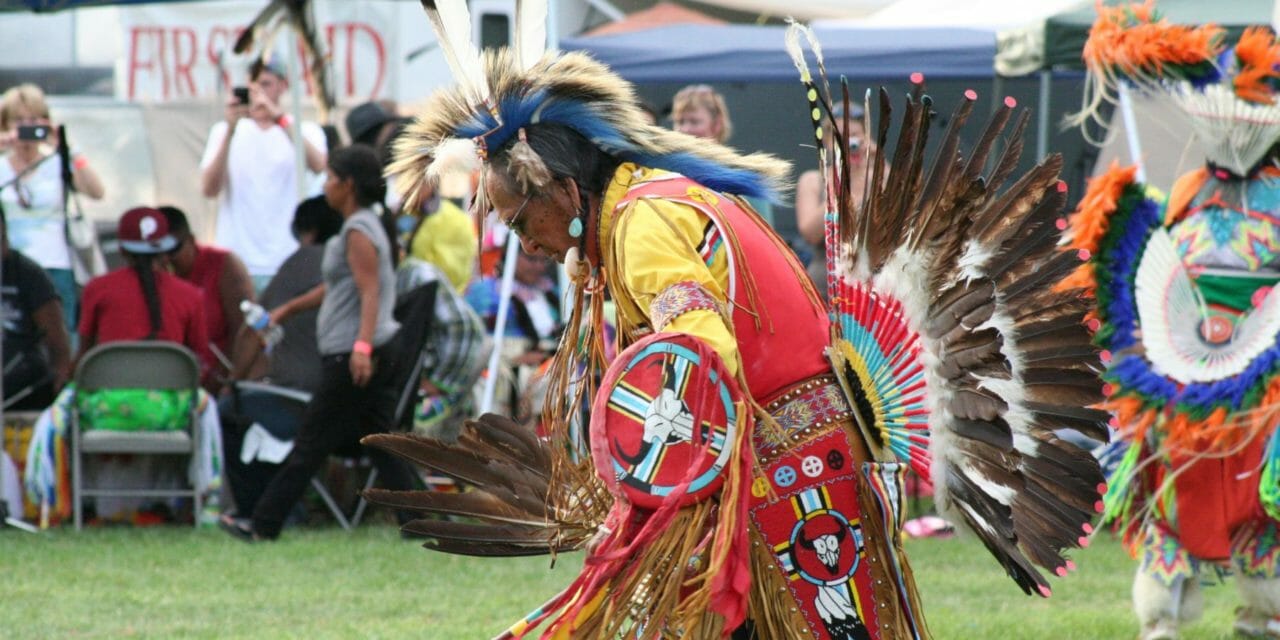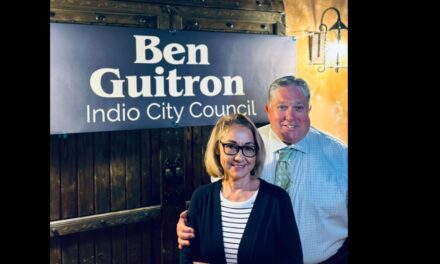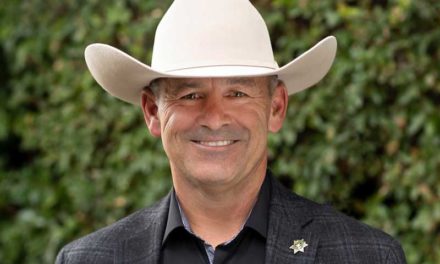PALM SPRINGS – Recognizing the incalculable contributions the Agua Caliente Band of Cahuilla Indians has made to the city of Palm Springs, the City Council has declared Friday, Sept. 28 Native American Day in Palm Springs.
This marks the third consecutive year the City Council has adopted an official Resolution proclaiming the fourth Friday in September to be Native American Day in Palm Springs.
Native American Day in Palm Springs is designed specifically to recognize the Agua Caliente Band of Cahuilla Indians for its history, culture, and forward-thinking government.
 “This is a very simple, yet very powerful testament to a positive relationship we have with the city,” Reid Milanovich, a member of the Tribal Council said after receiving the framed Resolution. “All the council is very much looking forward to continuing that relationship moving forward, so thank you.”
“This is a very simple, yet very powerful testament to a positive relationship we have with the city,” Reid Milanovich, a member of the Tribal Council said after receiving the framed Resolution. “All the council is very much looking forward to continuing that relationship moving forward, so thank you.”
Anthony W. Purnel, a member of the Tribal Council, accompanied Milanovich in accepting the Resolution.
In 1968, California Gov. Ronald Reagan signed a resolution calling for a holiday called “American Indian Day,” to be held the fourth Friday in September. Later, in 1998, the California Assembly passed AB 1953, which made Native American Day an official state holiday, and since Sept. 25, 2014, California has recognized the fourth Friday in September as a state holiday known as Native American Day. The purpose of this holiday is to educate California residents and visitors about tribal cultures, history and heritage of the state’s tribes.
The day takes on heightened significance in Palm Springs where the Agua Caliente Band of Cahuilla Indians was the first people to live on the land now called Palm Springs. The Tribe is credited with shaping the city’s character and cultural heritage.
The Agua Caliente Band of Cahuilla Indians has called the Palm Springs area home since time immemorial, according to the Resolution.
Today, the Tribe is steward to more than 31,500 acres of Reservation land, including a protected bighorn sheep habitat. The Agua Caliente Indian Reservation, established in 1876 and expanded in 1877, crosses over city and county jurisdictions, including the cities of Palm Springs, Rancho Mirage, Cathedral City and areas of unincorporated Riverside County.
“Today, we celebrate and honor the many ways the Agua Caliente Band of Cahuilla Indians has enriched our city, and we renew our commitment to respecting the Tribe’s identity while ensuring an enduring government-to-government relationship,” Mayor Rob Moon read from the Resolution.
On July 26, 1977, the Agua Caliente Band of Cahuilla Indians and the city of Palm Springs entered into a historic land-use agreement between a Federally recognized Indian Tribe and a municipality that recognizes the Tribe’s sovereign land-use authority over its lands and provides for the city to act as the Tribe’s agent for land-use processing and permitting of trust lands, according to the Resolution.
“The city administration acknowledges that the Tribe is a sovereign nation within a nation, and we are proud to share city and Reservation boundaries that overlap each other as part of the Agua Caliente Indian Reservation’s checker-board nature,” Moon said.







